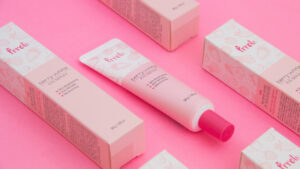Last Updated on August 15, 2023 by Packoi Team
We give you inspiration and ideas to create unique designer food packaging labels and unique food label design tips that will make the combination of your food and label sparkle.
So, if you’re ready to bring your new product to market in a world of sustainable food packaging or revamp your existing food packaging yourself, let’s dive into the world of food packaging labeling, a world where creativity marries success.
The Importance of a Creative Food Label for Packaging Design
A well-designed front food label design is crucial to conveying important information about a food item to consumers. It serves as a visual representation of the same food item inside the product packaging, providing essential details about the food item, its contents, and usage instructions.
Creative food art and labeling on product packages go beyond merely presenting information; they have the power to shape and enhance the business’s overall brand image and appeal to the target market of potential customers.
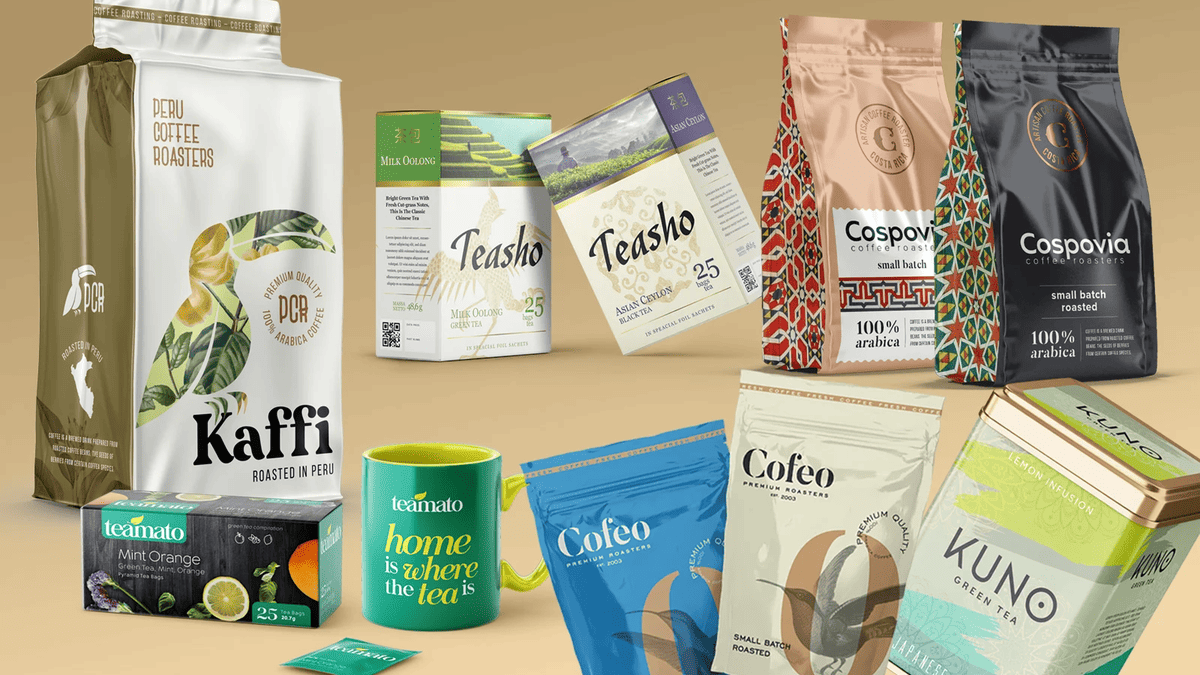
When faced with numerous options on grocery store shelves, consumers are more likely to be drawn toward products with visually appealing food items and labels.
In today’s highly competitive food label industry, standing out is crucial for a business’s or a food label business’s success. A distinctive food labeling design sets a label or business’ product apart from competitors’ similar offerings, increasing its sales and market visibility to increase sales, and attracting potential and loyal customers.
Types of Food Packaging Labels
There are different types of packaging and food label designs available on the market to suit brands’ various marketing strategies and needs. Different types of food labels each have their unique uses to show the best results of the food inside the packaging label design itself.
Using Adhesive Labels
Using adhesive labels is a practical and attractive option for product packaging and food label design, as they can be used on various food packages such as bottles, jars, or boxes. These labels stick firmly to the surface and remain intact throughout transportation and storage. They can display key product details like ingredients, nutritional facts, allergen information, barcodes, and company logos.
Shrink Sleeve Label
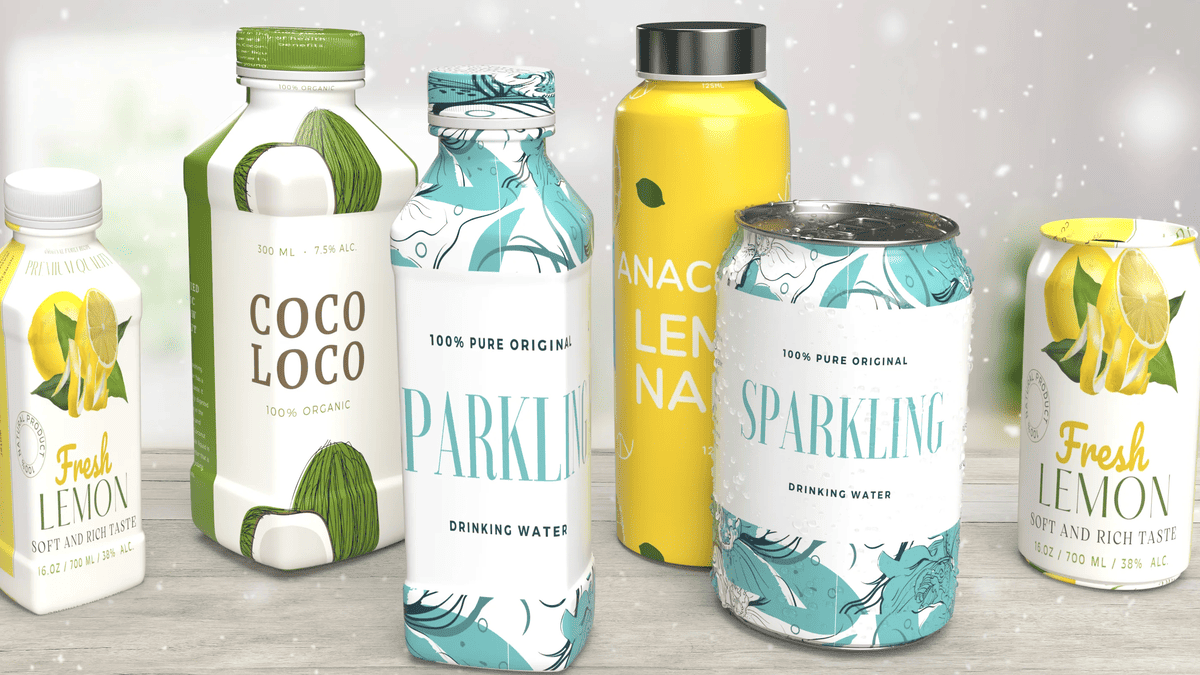
Shrink-sleeve labels are an ideal solution for irregularly shaped product packages. These labels offer 360-degree coverage and conform to the shape of the packaging, providing an attractive presentation. This top-label design tip is especially useful for food labeling, as it ensures that all sides of food inside the package are clearly labeled. Additionally, the shrink sleeve labels can be easily cut to fit the top label shape and desired size label shape.
Wraparound Label
Wraparound labels are a popular choice for food packaging, label design, and the whole food packaging and shelf labeling industry. With ample space for branding design elements and nutritional information, these food packaging and label designs allow businesses to showcase their brand identity while providing the customer with all the necessary details about the product. The packaging and nutrition facts panel, label design, and graphics on wraparound labels play a crucial role in attracting customers and conveying important brand information.
The Benefits of Using Food Packaging Labels
Proper labeling of food packaging ensures compliance with regulatory requirements and legal guidelines and promotes consumer safety. By using food labels clearly stating the ingredients, nutritional information, allergens, and expiration dates of food items, the package design helps consumers make informed choices about the products they purchase. This more sustainable food packaging also not only protects consumers from potential health risks but also helps businesses avoid legal issues.
Well-designed and appealing food label designs, sourced from reliable image sources, build trust with consumers by providing accurate and transparent product information. When a front-label design is easy to read and understand, it instills confidence in the brand’s commitment to transparency.
By using appealing food item or packaging label designs, including clear instructions for the storage or preparation of food items, companies can enhance the customer and overall user experience with appealing food packaging label designs and ensure customer satisfaction with their food item or package.
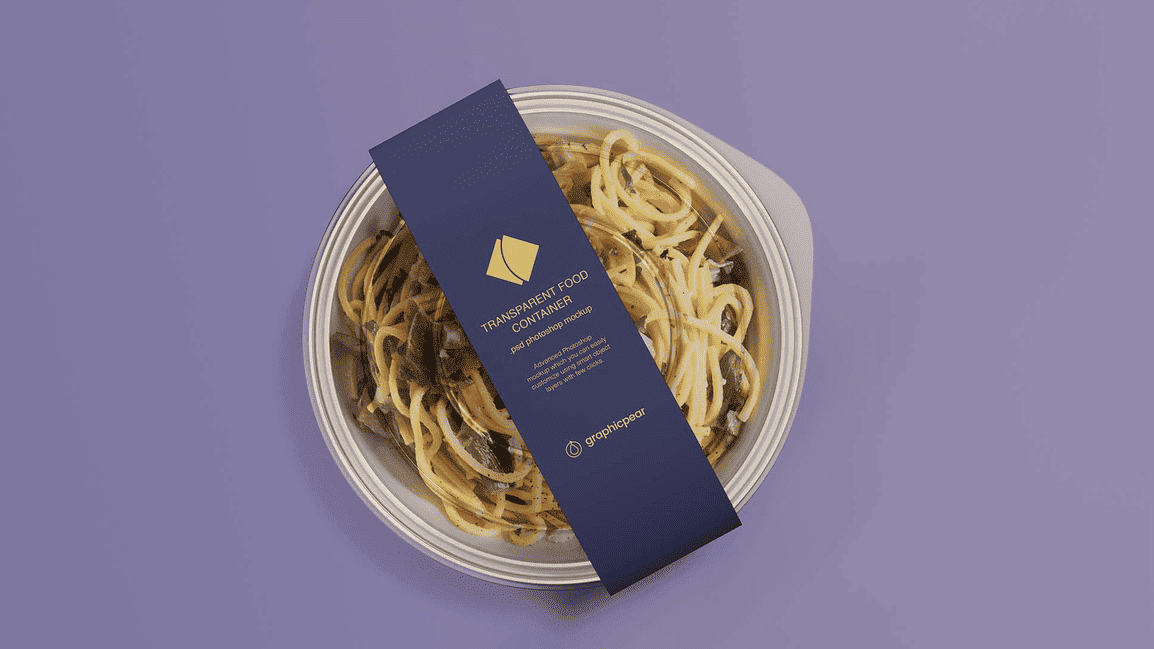
Food labeling plays a crucial role in attracting health-conscious or eco-friendly consumers. Packaging designs that highlight key features or certifications on food labels, such as organic or locally sourced ingredients, cater to those who prioritize sustainability.
Similarly, in sustainable packaging, labels indicating gluten-free or vegan options target the specific dietary preferences of most consumers. These packaging elements and appealing food label designs act as other marketing strategies and tools to differentiate products and brands from competitors, encourage consumers, increase sales, and capture niche markets.
Customizable packaging allows brands to create unique experiences for their customers. With customizable labels, companies have the freedom to showcase their brand’s personality and identity creatively, leaving a lasting brand impression on consumers. The package itself becomes a powerful image source for creating the brand’s personality.
Tips for Designing Visually Appealing Food Packaging Labels
A visually appealing product package label design can make all the difference in capturing the attention of potential customers. Here are some tips for creating eye-catching food packaging labels. Don’t forget to properly attribute the image source.
Make It Easy to Read
The first thing to keep in mind when designing food packaging and printing food labels is that they should be transparent and easy for the consumer to read. Use large and clear fonts, avoid clutter, and make sure relevant information in the whole food packaging and food label design is printed in a way that the important information is easy to find.
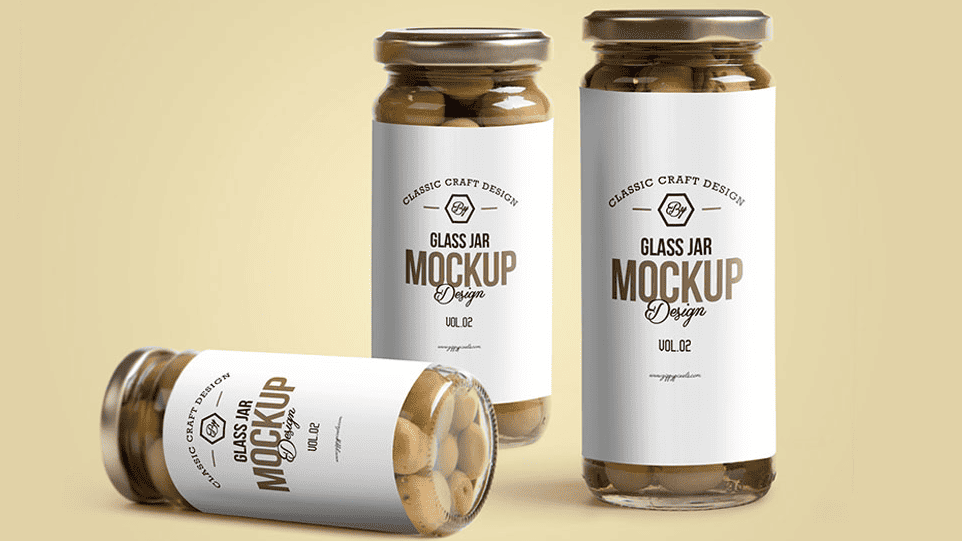
Use High-Quality Images
Use high-quality images to grab the consumer’s attention and showcase and sell the brand or product in a positive and attractive light. These images should be eye-catching, attractive, creative, and appetizing, to encourage consumers’ second glances and show the product in its best form.
Keep It Simple
Don’t clutter the packaging with too much information or design. Try to keep the packaging design simple and minimal, allowing the product to be the center of attention.
Use Food Imagery
Use photos, recipes, or illustrations of food to make the label and packaging more appetizing. This combination of food packaging labels’ unique design tips can make the brand’s personality and product more appealing and give consumers a sense of the brand’s personality, quality, and what it tastes like before they even buy it.
Use Colors and Textures
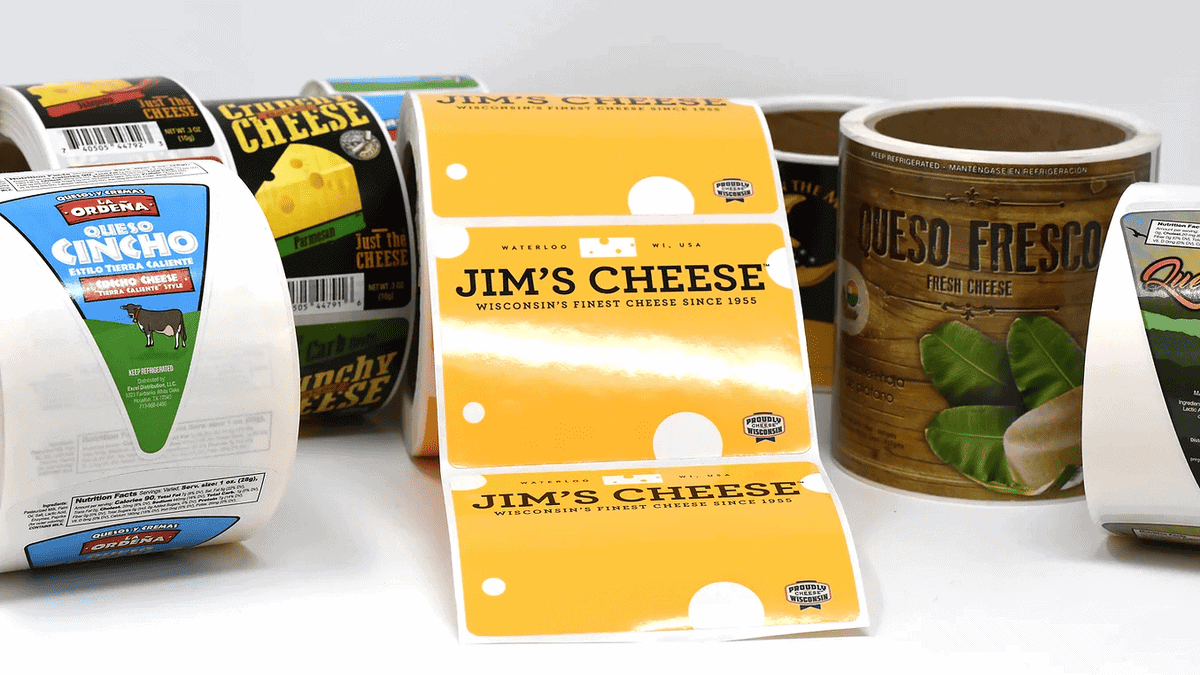
Color and texture are important factors in food packaging. Use colors that are appealing to the eye and complement the color palette of the product. Textures and bold colors can also be used to make the food packaging stand out and add interest.
Use Graphics
Graphics, art, and ideas can be a great way to add personality to the second look of the packaging. Use graphics and creative ideas that align with the brand image and showcase the personality, creativity, and ideas of the designer, product designer, or brand name designer.
Use Negative Space
Negative space is a design element that is often overlooked. Use negative space to allow the designer and product to breathe and give the design elements, such as the back label design elements, company branding elements, branding, and packaging, a clean and modern look.
Use QR Codes
QR codes can be a great way to engage consumers and provide them with more relevant information about the product. QR codes can be used on most food labels to show information panels that direct consumers to recipes, nutritional information, or additional product details.
By following these label design tips, you can create visually appealing product packaging and label designs that stand out on grocery store shelves and captivate potential and loyal customers, at first glance.
What Are the Requirements for a Food Label?
The food label is a way for the food industry to provide consumers with information about the product they are purchasing, including ingredients, nutritional values, and manufacturing and distribution information. There are certain requirements and legal guidelines that must be met for the information panel on a food label to be considered compliant and accurate:

- Product name: The name of the product being labeled must be listed on the label.
- Ingredients: The label must contain a listing of all ingredients used in the product, including the common name of the ingredient and their weight in descending order.
- Nutrition facts panel: The label must include the total calories, total fat, saturated fat, trans fat, cholesterol, sodium, and dietary fiber per serving.
- Allergens: The label must indicate the presence of any major allergens, such as wheat, soy, milk, and eggs.
- Manufacturing information: The label must include the name and address of the manufacturer, the location of the facility where the product was processed, and the net contents per package.
- Distributed by: The label must include the name and address of the company that distributed the product.
- Weight and volume: The label must include the weight or volume of the product per package or serving.
- Date stamped information: The label must include information about the date the product was processed, packed, or distributed.
- Certifying organization: The label must include any information about the certifying organization or certification agency that certified the product as organic or gluten-free, for example.
You can ensure that your business and competitors’ food labeling is compliant, transparent, and accurate, providing consumers with the information they need to see health risks and make informed purchasing decisions.
Conclusion
In conclusion, creative food packaging labels play a crucial role in a brand’s and a food packaging label’s personality, attracting consumers and differentiating products in the target market. By using a color palette incorporating bold colors and unique designs and tips, these creative package labels can effectively communicate the brand and food packaging label’s personality and message to most consumers and enhance the overall appeal of the sustainable packaging of the product.
Start Creating Your Food Packaging Labels with Packoi Printing
Packoi Printing can help you design and print your label by creating create a top-quality full label design and creating attractive, quality custom food packaging labels that will help your product to stand out on the shelf and sell and give your customers a memorable experience.
Contact us today, and we will give you a fair quotation!


